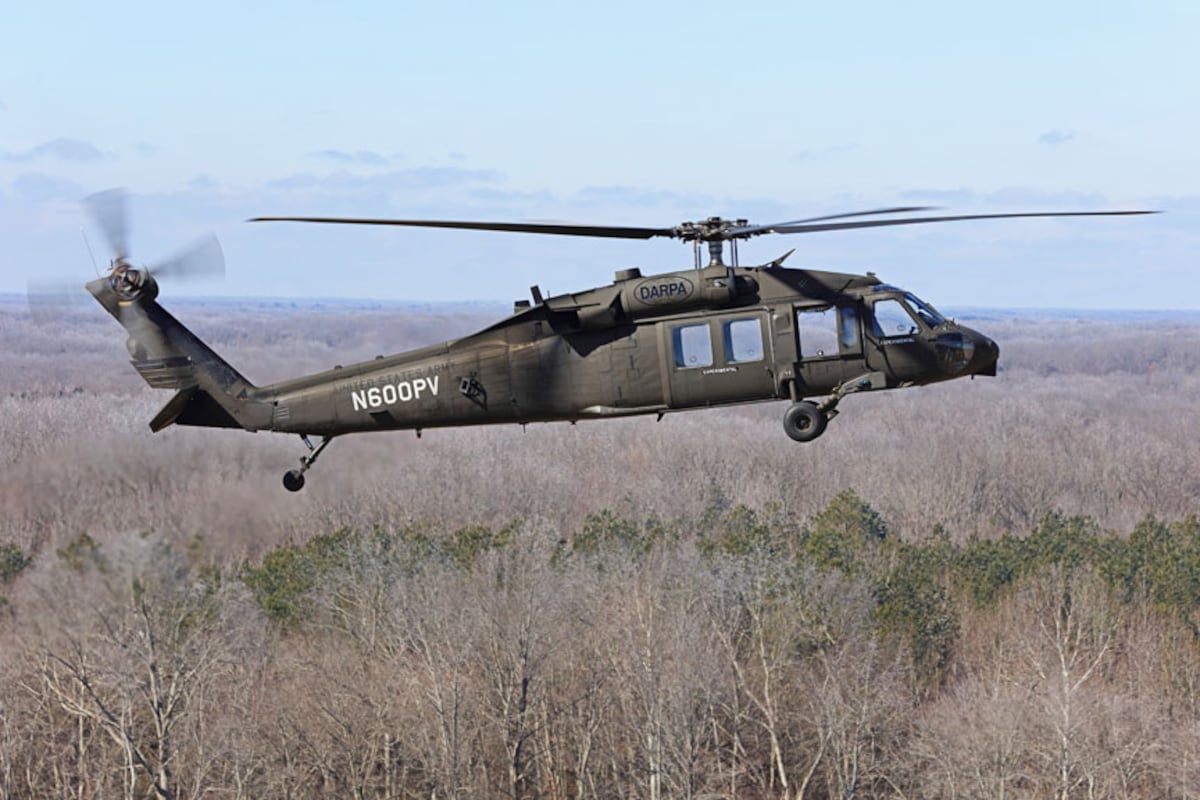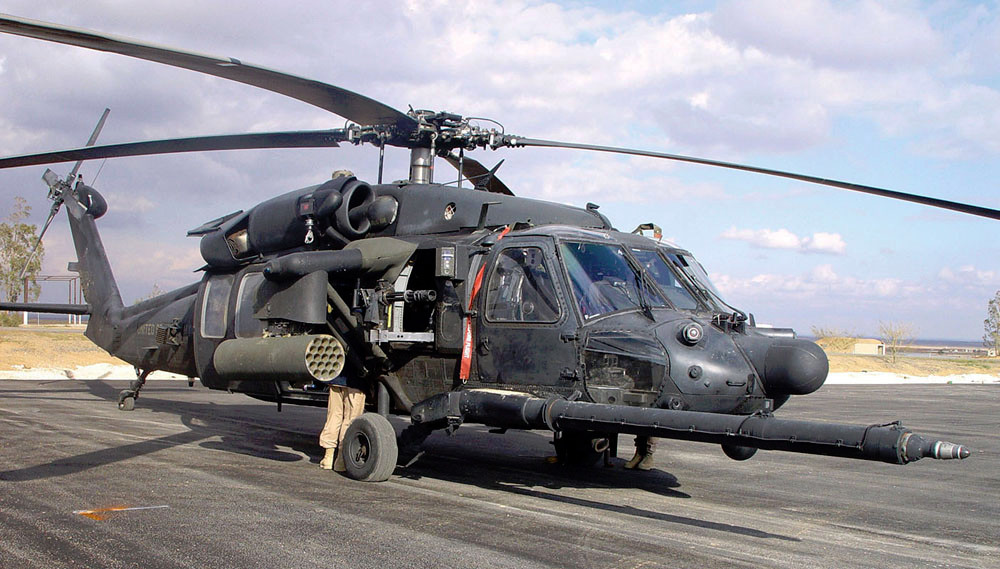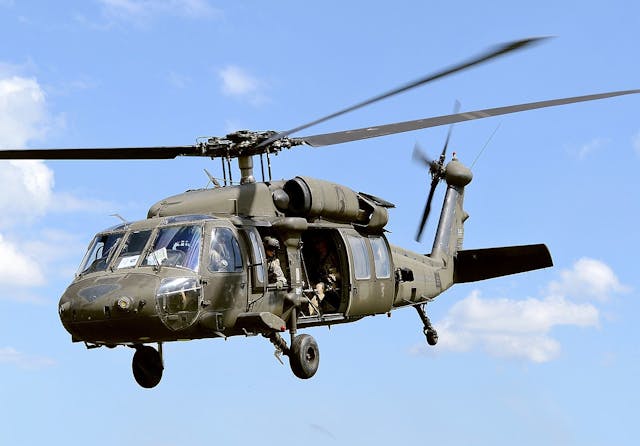Introducing the Power and Flexibility of the Blackhawk Helicopter
The Blackhawk helicopter stands as a testimony to engineering quality and armed forces development, significantly shaping the landscape of contemporary airborne operations. Initially established in the late 1960s, this dual-engine airplane has developed right into a multifaceted system qualified of executing an array of objectives, from tactical troop releases to urgent medical evacuations. Its design integrates innovative technology and materials, boosting both efficiency and survivability. As we discover its background and operational capacities, one have to think about exactly how the Blackhawk remains to affect contemporary fight techniques and humanitarian efforts alike. What does this mean for the future of military air travel?
Background of the Blackhawk
The history of the Blackhawk helicopter is marked by significant technological developments and a strategic development in army aeronautics. Established in the late 1960s by Sikorsky Airplane, the UH-60 Blackhawk was originally conceived to replace the older UH-1 Iroquois, frequently called the "Huey." The Blackhawk's initial trip happened in 1974, and it was officially introduced to the united state Military in 1979.


This aircraft was developed to meet the requiring needs of modern-day war, concentrating on flexibility, speed, and toughness (Blackhawk Helicopter). Its ability to operate in various settings, combined with sophisticated avionics and style features, promptly developed the Blackhawk as a necessary possession for army procedures worldwide
Throughout the 1980s and 1990s, the Blackhawk saw considerable usage in different disputes, consisting of the Gulf Battle and altruistic goals. Today, the Blackhawk remains an iconic icon of armed forces air travel, continuously improved to meet contemporary challenges.
Trick Features and Specs
Blackhawk helicopters are renowned for their design quality and operational convenience, flaunting an array of key features and specs that enhance their efficiency in various military functions. One of one of the most considerable qualities is their dual-engine arrangement, usually powered by the T700-GE-701C engines, which provide exceptional dependability and efficiency. The helicopter has a maximum cruise speed of around 150 knots and a solution ceiling of around 20,000 feet, allowing it to operate successfully in diverse atmospheres.
The Blackhawk's airframe is constructed from innovative composite products and light weight aluminum alloys, guaranteeing a robust framework while minimizing weight. It includes a completely verbalized blades system that provides exceptional dexterity and security. The helicopter can suit up to 11 fight troops or carry as much as 8,000 pounds of external cargo, making it very adaptable for different missions.
Additionally, the Blackhawk is equipped with innovative avionics and communication systems, enhancing situational awareness and mission sychronisation. Its capability to operate in adverse climate condition, combined with its reduced acoustic trademark, makes it a sneaky option for tactical procedures. Overall, these features add to the Blackhawk's online reputation as a foundation of contemporary armed forces aviation.
Versatile Operational Roles
Prominent for their design quality and advanced capacities, Blackhawk helicopters offer a wide range of operational roles within army structures. Originally designed for army transport, their flexibility has actually expanded, allowing them to execute different missions properly.
Among the primary roles of the Blackhawk is as an utility helicopter, facilitating logistical assistance by transferring employees and products to and from remote areas. Furthermore, they master medical emptying (MEDEVAC) procedures, furnished with sophisticated medical tools and employees to provide essential treatment in the area.
In combat scenarios, Blackhawks can operate as armed companion platforms, supporting ground pressures by engaging adversary assets while guaranteeing army security. Their capacity for special operations makes them crucial; they can conduct reconnaissance missions, employees recovery, and direct activity raids, usually in high-threat atmospheres.
In Addition, the Blackhawk's adaptability allows it to sustain altruistic missions and calamity reaction initiatives, providing aid and essential solutions in times of dilemma. This wide spectrum of operational duties demonstrates the Blackhawk helicopter's unparalleled versatility, declaring its status as a vital property in contemporary military operations worldwide.
Technological Innovations
Countless technological developments add to the Blackhawk helicopter's phenomenal performance and adaptability in diverse functional settings. One of one of the most substantial advancements is its composite rotor blades, which boost lift and maneuverability while reducing weight and upkeep demands. The blades system uses sophisticated products that strengthen sturdiness and withstand ecological degradation, making sure reputable procedure in extreme problems.
Furthermore, the Blackhawk is furnished with a modern avionics collection that integrates advanced navigating and communication systems - Blackhawk Helicopter. This consists of GPS, radar, and multi-function screens that promote real-time situational recognition for pilots, adding to mission success under difficult circumstances
In addition, the helicopter's fly-by-wire control system enables precise handling and enhanced responsiveness, offering pilots with enhanced control throughout facility maneuvers. The consolidation of advanced engine modern technology, such as the T700-GE-701C engine, additional enhances efficiency, offering enhanced power outcome and fuel performance.
Lastly, modular design concepts make it possible for quick reconfiguration for try here various objectives, from army transportation to clinical emptying, making the Blackhawk a versatile asset in altruistic and army procedures. These technological innovations jointly ensure that the Blackhawk continues to be a formidable existence in the skies.
Impact on Modern Warfare

Outfitted with innovative avionics and communication systems, the Blackhawk enables smooth sychronisation amongst ground and air units, making certain timely and accurate response to vibrant fight situations. Its flexibility enables for fast release in diverse environments, from city settings to tough surfaces, showing the multifaceted nature of contemporary war.
Moreover, the Blackhawk's remarkable rate and agility facilitate quick insertion and removal of personnel, reducing direct exposure to enemy fire. Its capability to run in aggressive conditions, coupled with sophisticated protective actions, enhances survivability and objective success rates.
As modern disputes increasingly rely on joint operations and fast action, the Blackhawk helicopter remains at the forefront of military approach, symbolizing the evolution of air wheelchair and the vital duty of air power in attaining more tips here critical objectives. Its influence on contemporary war continues to redefine the abilities of armed pressures internationally.

Conclusion
To conclude, the Blackhawk helicopter exhibits the intersection of sophisticated engineering and operational flexibility, solidifying its standing as a foundation of modern army aviation. Its historical importance, exceptional functions, and adaptability across different goal profiles emphasize its important role in contemporary warfare. As technological technologies proceed to boost its capabilities, the Blackhawk continues go to my site to be an essential asset for armed pressures worldwide, showing unmatched performance in both battle and altruistic procedures.
The Blackhawk helicopter stands as a testimony to design excellence and military development, considerably shaping the landscape of modern aerial procedures.The history of the Blackhawk helicopter is marked by significant technical innovations and a tactical evolution in army aeronautics.Blackhawk helicopters are renowned for their design excellence and operational flexibility, boasting a variety of crucial functions and specifications that enhance their effectiveness in different army duties.Numerous technical advancements add to the Blackhawk helicopter's phenomenal performance and flexibility in varied operational settings.In verdict, the Blackhawk helicopter exhibits the intersection of advanced design and operational flexibility, solidifying its status as a keystone of contemporary military air travel.